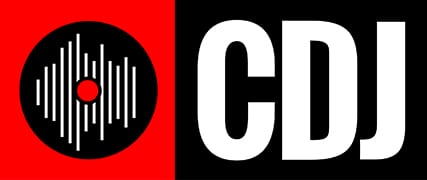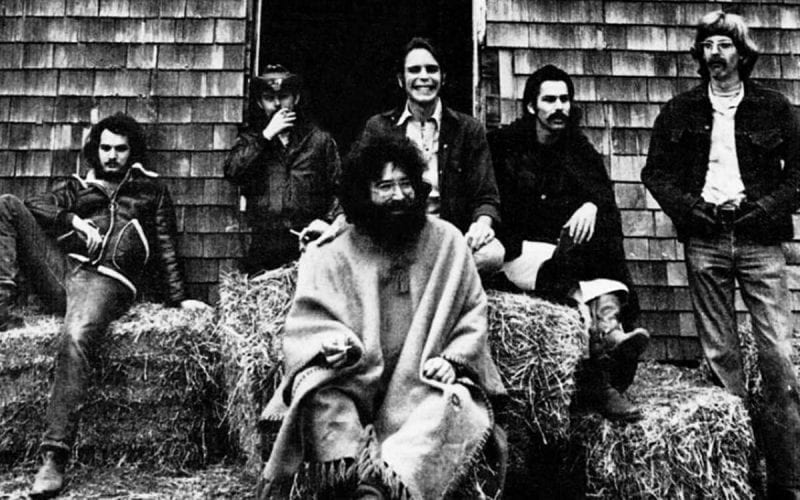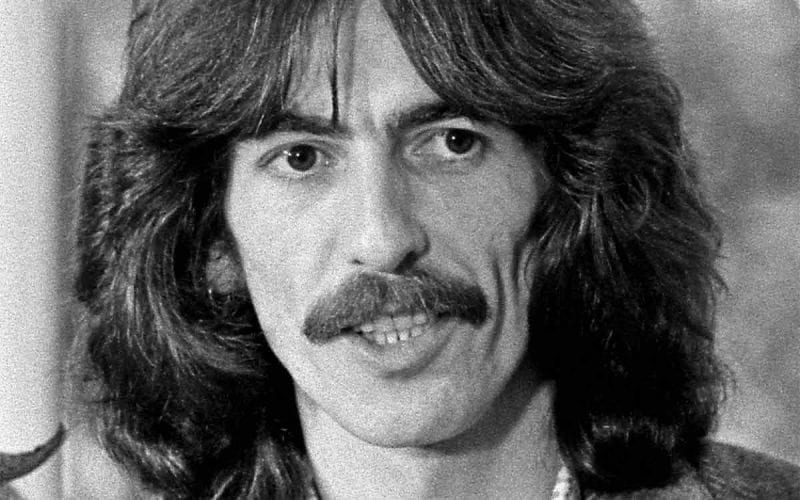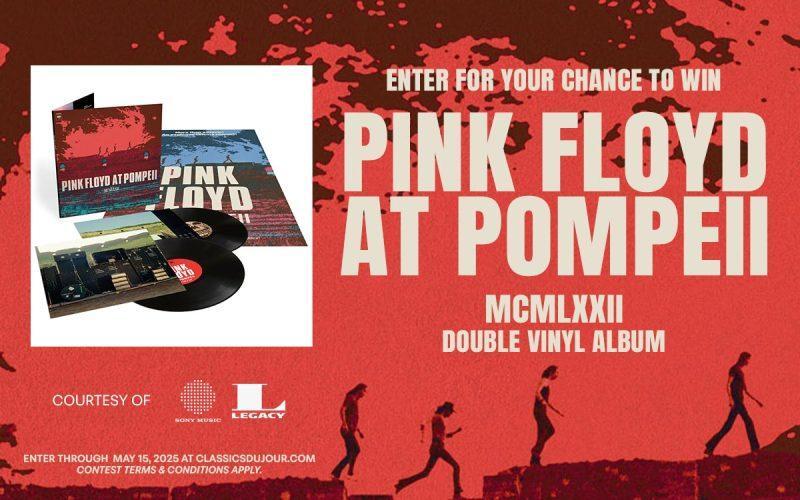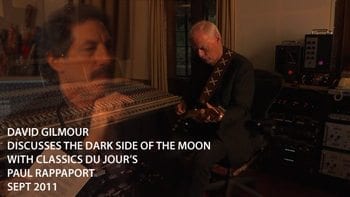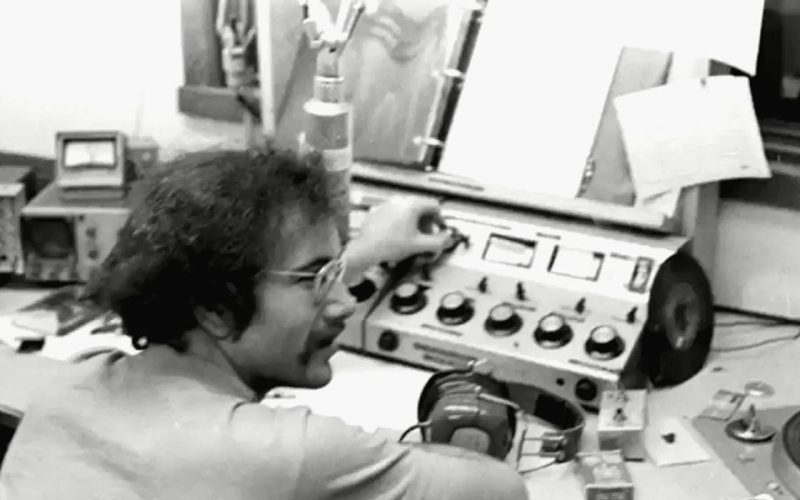
Two all-time greats passed away last week. Jerry Lee Lewis and Steven Clean. The first you know of. If you’re not from Boston or Los Angeles you’ve probably never heard of the latter, otherwise known as “The Obscene” Steven Clean.
I have great stories regarding both. The media coverage for Lewis’s passing has been omnipresent as one would expect. Not so for my buddy Steven who is a bit of an unsung hero. You see, Steven is one of the most important figures in the creation of FM Rock Radio.
I will get to my story about Jerry Lee in my next blog. But today, I am very proud to write about my friend Steven first. He’s probably in heaven getting a kick out of jumping ahead of Jerry Lee Lewis on these pages. Well, my friend, you deserve it.
For those of you old enough to remember, FM Rock Radio began with the moniker FM “Underground.” This was the music of the counterculture. The format was freeform where each disc jockey created their own show. Often, their shows were as creative as the music they would play. Usually centering around a theme like great guitarists, outlaw story songs, politics, or even the weather of the day. Most importantly, the presentation by the jocks, could be a show in and of itself.
The first of its kind in Los Angeles was KPPC-FM. The station operating from the basement of a church might have contributed to the term underground. KPPC was alluring. It was like a private secret — only the hip knew of its existence. It’s where you could hear album tracks from Jimi Hendrix, the Rolling Stones, and new experimental bands like Pink Floyd and Soft Machine. It broadcast a rebellious style of entertainment amplifying the counterculture thoughts of the day. Music shows were interspersed with far-out satirical comedy bits by a group of guys known as The Credibility Gap. A founding member of the group, Richard Beebe, was an original beatnik turned Los Angeles radio personality. He discovered Harry Shearer, Michael McKean, and David L. Lander who all went on to have very big careers in movies and television. Think This Is Spinal Tap, Laverne & Shirley, The Simpsons and Better Call Saul,just for starters.
Teenagers like me were fascinated by this whole new sound. We felt rebellious by nature, and it seemed like this radio station was made for us — reaching our generation with the new kinds of messages we were seeking. The challenge was trying to get a clear signal from this very small radio station operating with limited power. I was able to receive it on my little pink and white, gold trimmed transistor radio, if I turned it just right to a certain position. Other folks were making makeshift antennas out of coat hangers or whatever they could find to try and capture the signal.
It was a new style of authentic communication, where the jocks talked with us, not at us, as was the traditional Top-40 style. This new counterculture approach was captivating. I loved listening to Jeff Gonzer, who would also later become a very good friend, and another cool cat who called himself Mississippi Fats. But my all-time fave was Steven Clean.
Every FM jock had his or her own style. Some were funny, others were incredibly philosophical, some created imaginative sound paintings in the way they chose to program the music during their shows. I believe the two greatest FM disc jockeys of all-time are Jim Ladd, king of the sound paintings, and “The Obscene” Steven Clean, the king of social commentary.
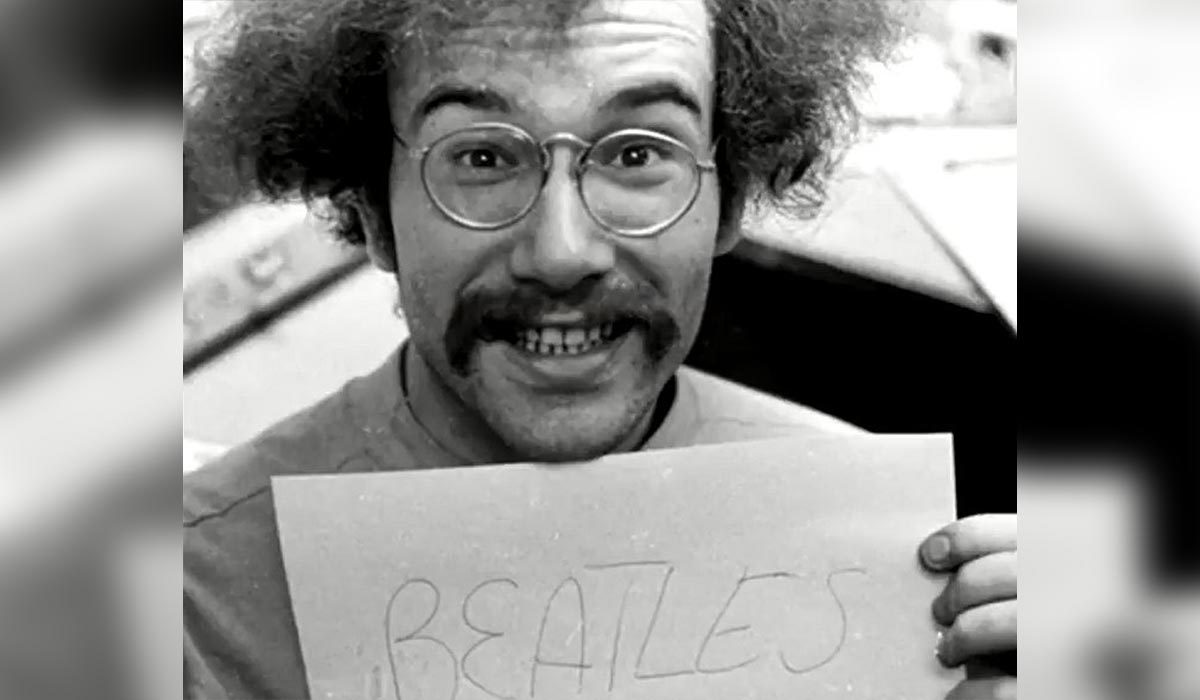
Steven, who’s real last name is Segal, was a true genius on the air, imparting important thoughtful cultural messages via spoken word intertwined with just the right music to help bring his points to life. Remember, back then social media didn’t exist. The messages in the music acted as a “tribal telegraph,” as Jann Wenner puts it, to a baby boomer generation of young idealists eager to bust out and change the world. Beyond the music, disc jockeys imparted their own powerful messages. No one was more skillful in this regard than Steven. Like Bob Dylan, this expertise didn’t come from years of practice, it was a gift from above.
Kids would literally cut out of school early to listen to Steven just to make sure they didn’t miss anything important. They exchanged cassettes of his radio shows which were like mini works of performance art.
Steven might start out with some sociological or political message, or a question that could make you wonder where he was going. Then he would take you on an incredible journey through music and speech that would all come together at the end of the show and completely blow your mind. He would do crazy shock-jock stuff too. But not like uttering provocative inuendo over the air. Steven was much more creative, brilliant, cerebral.
Moving from KPPC to rock legend KMET, Steven once had UCLA superstar basketball player Marques Johnson dribble a basketball behind him in the studio every time he opened the mic to talk. The experience was like listening to the blues, jazz, or beat poetry. Marques punctuated Steven’s speech with different tones and tempos of dribbles—some short, some loud staccato, others long quiet lobs—all of it just beyond.
According to Steven, “It was my all-time favorite show. UCLA had just won another championship the night before and it was especially amazing because they’d done it without the benefit of having some of their former big-time superstars. I had a friend who was an intern at the station. We were both UCLA basketball fanatics and he knew one of the players, Dave Meyers. He gave me Dave’s number and I left a message on his phone telling him what a big fan I was and how much I’d enjoyed the last night’s game. It had been one of the best I’d ever seen. Dave called back and said, ‘Oh my God, you’re my favorite DJ!’ I told him if he wanted, he could come down to my show to celebrate — be a DJ for a while, and play whatever music he liked. He was ecstatic and asked if he could bring some of the team. The next thing I know he shows up with Marques Johnson and Pete Trgovich. Glenn Frey had been listening to the show and he got all excited and called. ‘Hey, can I come down with the guys?’ Then all the Eagles showed up!”
Steven was so popular that even his cross-town competitor’s girlfriend listened to him. A best friend of mine, Jim McKeon, was the program director of KWST-FM in Los Angeles at the time. His afternoon jock was Richard Kimball who had become widely known from his days at KMET. Richard’s girlfriend was a hairstylist and McKeon went to see her at Richard’s prodding. When Jim walked into the salon, she had the radio on but was not listening to her boyfriend Richard on KWST, she was listening to Steven Clean on KMET! McKeon was shocked, “You’re not listening to your own boyfriend’s show??” She responded, “Yeah, I listen to Richard sometimes, but you know, you just gotta listen to Steven!”
More Backstage Access:
The Loverboy Story
While at KMET Steven and I became buddies and my love for big stunts and promotion theatrics fit right in with his way of thinking. Once I called him with the idea of renting a full-size upright piano and somehow figuring out a way of having it hauled up KMET’s very small elevator and into their equally small studios. The Rolling Stones piano player, Nicky Hopkins had just released a solo album on my label, Columbia Records, and I wanted him to be able to play live over the airwaves. Back then, promotion people were accustomed to bringing artists into the studio with their acoustic guitars, but a giant life-size piano? No one had ever done that before. Steven loved it, and somehow, we got the damn thing up there.
The elevator was so small it could barely hold the piano, much less a person along with it. So, the movers stuffed the piano in tightly, crammed their fingers in between the piano and the elevator control panel and pushed the button up to KMET. Then they quickly bounded up the up the stairs to pull it out again just in time before the doors closed. It was hysterical—looked like a Laurel and Hardy movie.
Nicky had a blast, played a couple songs off his new solo album, and told some fabulous Rolling Stones stories. Steven was having so much fun and the piano sounded so great, he kept Nicky there for his entire four-hour show, having him play intros and outros to and from commercial breaks, just like the bands did on late-night television.
__________________

When I first met Steven, he lived in Laurel Canyon with his girlfriend and a pet monkey — a Gibbon Ape to be exact. If you think cats can have an attitude, try communicating with one of these. One night after a local show at the Ash Grove, Steven, his girlfriend and I went back to his house in Laurel Canyon to have dinner. Typical hippie pad, like most of us had in those days — very little furniture but lots of pillows and tons of record albums scattered about.
When we entered, the monkey was on his perch in a corner giving us the Greta Garbo “I want to be alone” look. He finally warmed up to me and sat on my knee while we all ate dinner sitting on some big pillows. The monkey was clearly hungry and he looked at me expecting to be fed. The communication between us was incredible. Our eyes locked and there was a kind of knowing, like we were new found friends or something. So, one bite for me and one bite for the monkey. His little hands would take the food from me, put it in his mouth, and his eyes would light up. An animal as close to a human being as you can get. I was like, “Wow, evolution, I get it.”
More Backstage Access:
Echo in the Canyon — Mighty Big Echo!
As creative geniuses go, Steven was also extremely eccentric and sometimes had trouble dealing with life’s everyday activities. I’m sure the drugs he was experimenting with didn’t help the situation. No judgement here. In both regards, he reminded me of Gonzo Journalist Hunter S. Thompson.
Outside of his radio show, Steven lived an odd life style. For instance, if a television in his apartment broke, he wouldn’t bother having it fixed or even throwing it out, he’d just buy another one and stack it on top of the non-working one. Once I visited his apartment and he had amassed three television sets, all stacked up, one on top of the other. The top TV was the working model, and sitting on top of the mountain of televisions there was a marionette of the American evangelist Kathryn Kuhlman. I mean, forget about the three TVs for a second, where the hell does someone geta marionette of Kathryn Kuhlman?! Moreover, who would want a marionette of Kathryn Kuhlman?!! In later years, Steven told me he was enamored with television evangelists and kept it as kind of a mascot.
Once I was hanging out in the KMET music library with good friend, Music Director Kathy Kenyon when she got a call from Steven telling her he was going to be late to his show. She looked up from the phone to get my attention, “Hey Paul, do you mind running out and picking up Steven, he ran out of gas on his way here.” “Sure,” I said. When I found Steven, he had “…run out of gas” not more than twenty yards from a corner that had not one, but four gas stations on it!
“Steven, really??”
“Awe Rap, you know how I am.”
Cars were like the television sets to him. Steven would just drive one, never bother to take it in to be serviced until it broke down, and then he’d leave the car wherever it had stopped and buy another. Or better, have the radio station buy him one and just continue on his merry way.
Charles Laquidara, renowned morning man for legendary WBCN-FM in Boston, and a major character in his own right, once commented, “Steven was the most brilliant disc jockey that ever existed—made Howard Stern pale.” Now that’s saying something!
Here is a brief telescoped audio clip from Steven after he moved to KWST from KMET. Aside from his dry wit, pay close attention to his music business commentary at 7:52 right after he’s played an Aerosmith track. He compliments them, but then continues to speak about their 4 platinum albums, subtly letting the audience know what the music business is becoming “…Come and get your bucks.” A reference to the band Redbone’s song, “Come and Get Your Love.” Not finished with his social jabs, he states “Soon they’ll be an Aerosmith monster movie…”. Then, probably referring to his far-out brain, or possible drug induced state, he says, “I can see it now. You’ll be able to see it later.” If you have time, listen to the rest. He just gets better and better, and funnier and funnier as his air-shift continues.
More Backstage Access:
Aerosmith Airplanes
Steven, an original WBCN ‘er would eventually move back to Boston continuing his wacky merriment and mischief for many years to come.
I will miss you, my friend. And even though somehow, they haven’t seen fit to put you in the Radio Hall of Fame yet, your genius helped change the world and make it a better place.
God bless,
Rap~
© Paul Rappaport 2022
